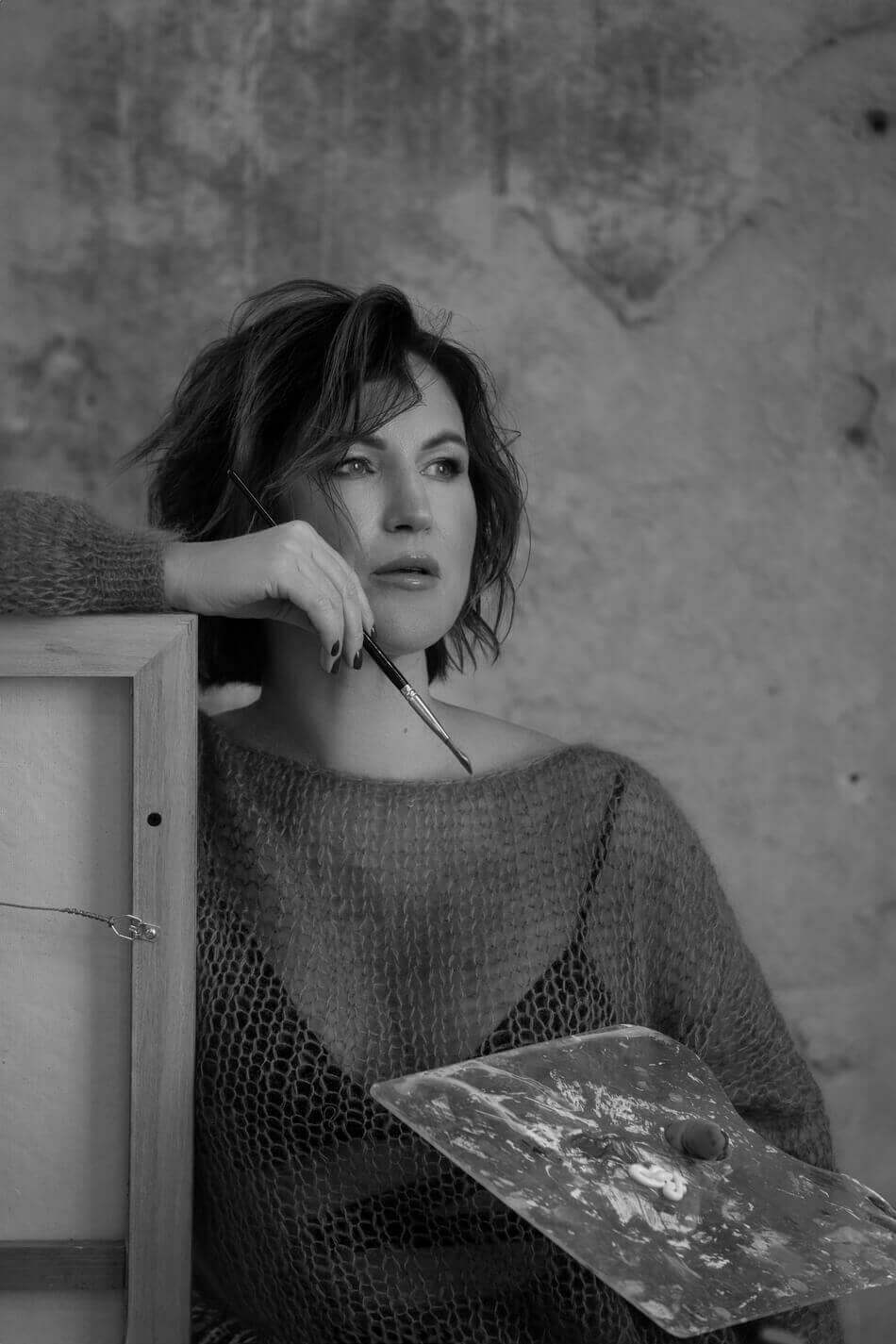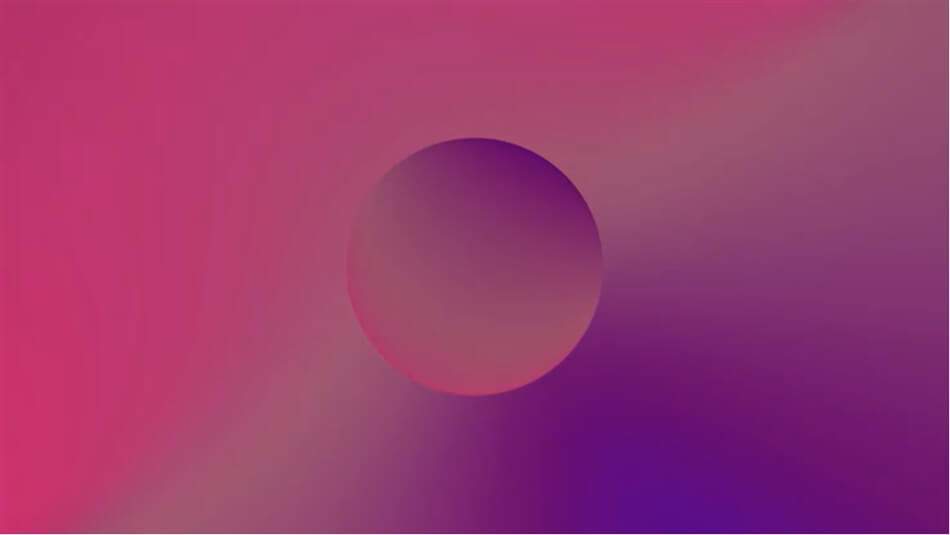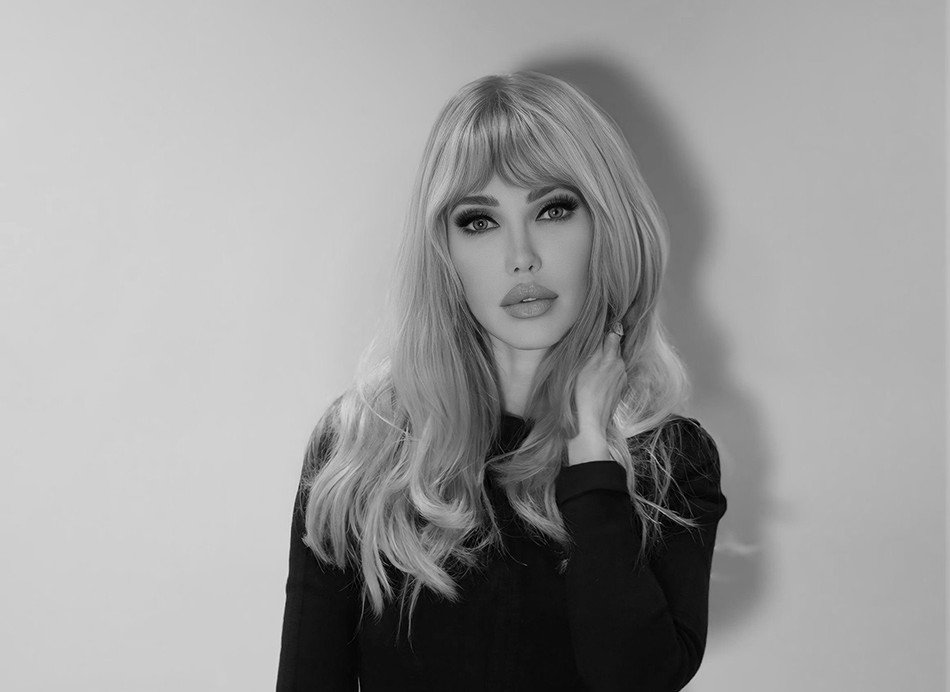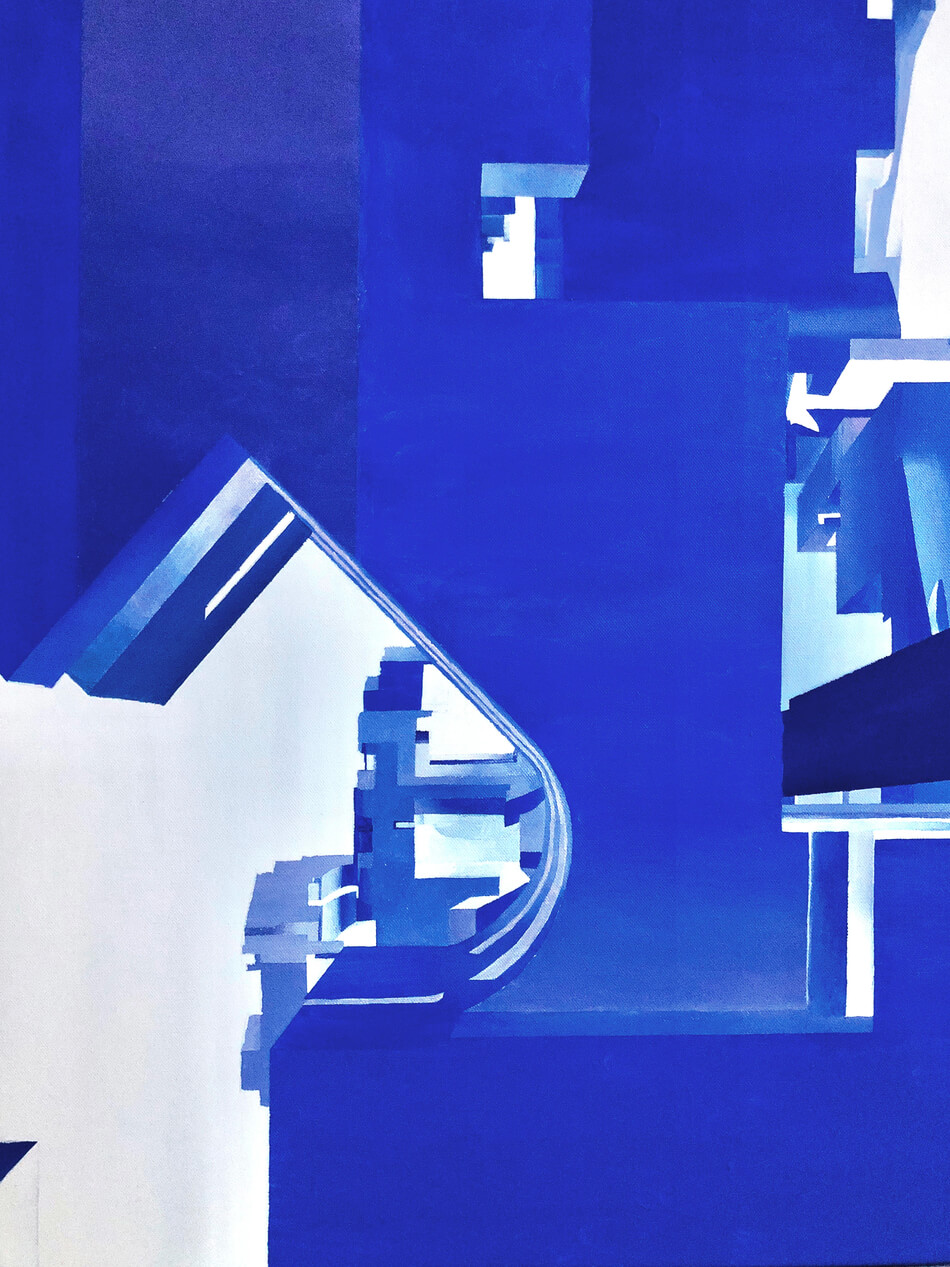
Interview: Malina Wieczorek
Luca Curci talks with Malina Wieczorek, winner of the ARTIST OF THE MONTH – July 2023 competition, during SECRET SPACES, second appointment of BORDERS ART FAIR 2023, held in Venice, at Palazzo Albrizzi-Capello.
Malina Wieczorek studied at the Academy of Fine Arts in Cracow, graduating in 1996 with honors. Diploma in the Interior Design Studio with Prof. Barbara Borkowska-Larysz, annexe in Graphic Design with Prof. Jacek Siwczyński. Painting in the studio of Prof. Janusz Tarabuła. She has been exhibiting since 1994. Her works are on permanent display in prestigious corporate and private collections around the world.
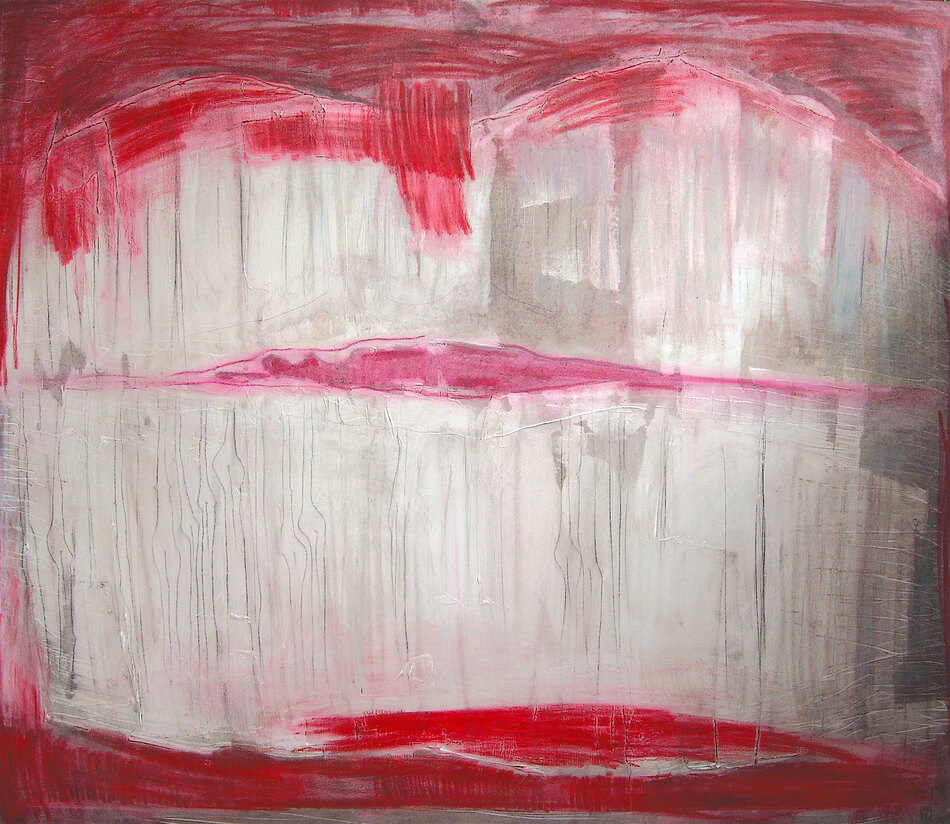
Luca Curci- What are you currently working on?
Malina Wieczorek- For decades, my biggest artistic interest has lied in female nudes. To me, as a painter, women’s bodies can encourage many important reflections on life’s truths. As subjects, they can touch on existential issues that affect us all. I am particularly fascinated by the reduction of the body to a sign, an abstract form, which activates the audience’s imagination and encourages personal reflection on what is being represented. Women can be mothers, and lovers, but also ephemeral saints or individuals forging their own paths. Maybe because I am a woman, I allow myself for some deformations and simplifications in my work, thus searching for what cannot be seen. It almost becomes a way of self-experimentation. For centuries, women have been at the forefront of many debates. For instance – should we prioritize beauty or the soul? What even is beauty, really? Because everyone sees and understands it differently. That’s what I’m interested in highlighting through my work.

LC- What subject are you currently exploring?
MW- We are all repeating the same story of creation. All we can do is try to reach a deeper understanding of who we are. This is what the Madonna series is all about. My Madonnas touch upon both classical iconography and identities that stem from old local cultures. I replaced some halos from classical paintings with patterns made of folk rollers. Others I placed on the sides of the paintings, thus redefining their portrayal and bringing attention to its construction. One can get the impression that some of these patterns irritate the body, cut into it and cause pain. Other times they form a sort of meadow around the painting’s heroines. It is this ambiguity and possibility of personal interpretation, which is shaped by one’s age, life story, and mood, that I find most interesting.

LC- Do viewers’ suggestions enrich you and your art?
MW- I can’t answer this question straightforwardly. My art is conceptual. It concerns the human body and soul, focusing primarily on women. But it is also abstract and viewers often derive different meanings from it. I do like to listen to people’s ponderings about the messages of particular paintings. These often surprise even me. It seems that the paintings stimulate discussions about existential truths, both female-specific and universal. As an example, my series Lips and Other Imponderables searches for the multiplicity of identity in fragments of lip lines – tiny furrows that, when viewed from up close, form drawings on our bodies.

LC- What is the most challenging part of creating your artworks?
MW- I think the essence of art may lie in the courage to constantly ask the most important questions about the beginnings of existence, about life being formed and given purpose. Everyone has their own answers to said questions and even these change over time. The same is true for literature. When we re-read a book or a poem after many years, having experienced new things, we understand it differently, and what we look for changes. This is reflected in my series Filia non Viva – once about difficult experiences, it now explores the notion of rebirth, both physical and spiritual, that occurs constantly in life, and the enormous strength that lies within us.

LC- How do you choose your subjects? Is the process more rational or instinctive?
MW- I constantly observe people around me. That’s where I begin. I sketch them, I always carry a sketchbook, take pictures, and capture what I see. Then I think about what to focus on. Painting bodies comes easily to me because I’ve learned to understand their mobility, the ways in which they arrange themselves in space. At first glance, many of my subjects don’t seem to have heads, but that’s just an illusion. I once said that I don’t show their heads so as not to take away their identity. In some cultures, for instance, you can’t photograph people’s faces because they believe it can steal their souls. I structure my paintings in such a way that the head often occupies the space outside the frame. That way, the work becomes part of a story, it is a sign of a given time. We thus can’t control it in its entirety, we can only read it intuitively. Rather than being imprisoned within the frame, the subject thus remains free.

LC- What is the message behind the artworks you displayed? How does it connect to the theme of the whole exhibition?
MW- The nudes from the Madonna series shown at the exhibition are stories about who we are as women. They are about our strength, love, sometimes sacrifice, and protecting those we love. They respond to questions about what women must now do to reach their ideal, true selves.
At its core, art is a way of generating beauty and evoking emotion through it. It can settle one down or provoke. When we have paintings at home, we naturally resonate with them. Without this layer, life loses a certain richness. I also like to encourage discussions about what each viewer sees in a painting because everyone’s interpretations are different. This is particularly true in the case of paintings by early Renaissance masters, which are full of details and every arch, fold, and piece of fruit means something. Fostering such attentiveness in the viewer, which can then be transferred to the outer world, is extremely important. The mission of SECRET SPACES is to break down the boundaries between body and space, as well as physical and social identities in the modern age. This relates closely to my paintings, in which the body is portrayed as a spiritual system that connects us with other spaces. It’s safe to say that the theme of the exhibition matches my work pretty perfectly.
LC- We were very intrigued by your last painting. Was it created for this exhibition or as part of an earlier series?
MW- All the paintings I presented are a continuation of the Madonna series I started in 2020. The series draws from old local cultures, as a result of which many halos are replaced with folk imagery. By using saturated colors and abstract shapes, I invite individualized interpretation. In these paintings, femininity is multi-dimensional. I sometimes show it as full of strength and vitality, other times as painful and deformed. It thus becomes somewhat of a sign. I hope to show that by discovering ourselves in art we can reach certain truths.
LC- Did you enjoy working with us?
MW- Yes, I enjoyed it a lot. It was a beautiful experience. Presenting our works at a vernissage, that was accompanied by a performance, in a wonderful city like Venice was a dream come true. The ITSLIQUID group took care of the artists very well and made me feel important and safe. The atmosphere was very cordial and sophisticated. I also enjoyed how international the whole exhibition was.

LC- Would you recommend collaborating with us?
MW- I definitely would. I proudly show and promote our collaborations on social media. At the exhibition, I met several artists from Poland who are hoping to apply for your future events with me. Many others have already asked how to contact you. I’m very excited by this response, as well as the prospect of promoting Polish art internationally.

Are you an artist, architect, designer? Would you like to be featured on ITSLIQUID platform? Send an e-mail to info@itsliquid.com or fill the form below

